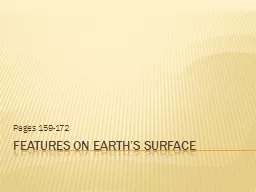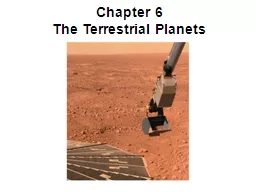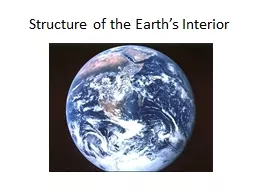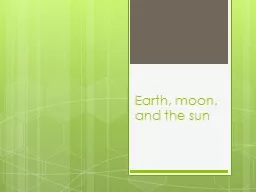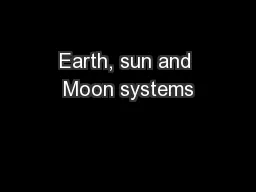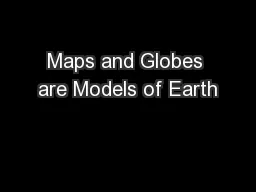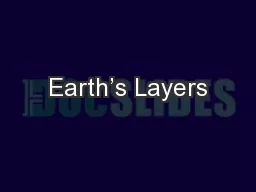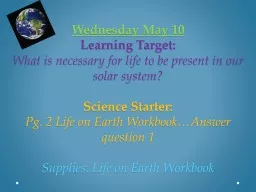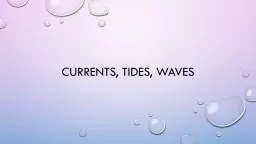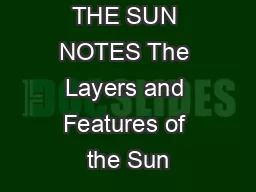PPT-Features on Earth’s Surface
Author : mudth | Published Date : 2020-06-30
Pages 159172 Constructive Forces earthquakes crustal deformations volcanic eruptions sediment depostion Watch Destructive Forces Wear down landforms carry bits
Presentation Embed Code
Download Presentation
Download Presentation The PPT/PDF document "Features on Earth’s Surface" is the property of its rightful owner. Permission is granted to download and print the materials on this website for personal, non-commercial use only, and to display it on your personal computer provided you do not modify the materials and that you retain all copyright notices contained in the materials. By downloading content from our website, you accept the terms of this agreement.
Features on Earth’s Surface: Transcript
Download Rules Of Document
"Features on Earth’s Surface"The content belongs to its owner. You may download and print it for personal use, without modification, and keep all copyright notices. By downloading, you agree to these terms.
Related Documents

